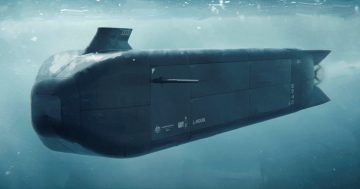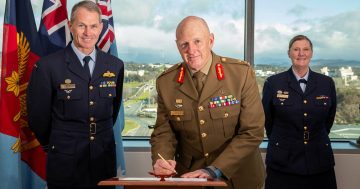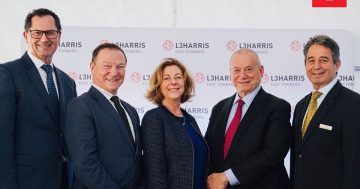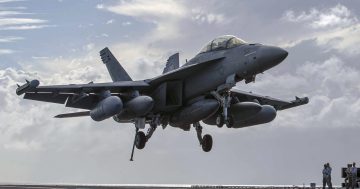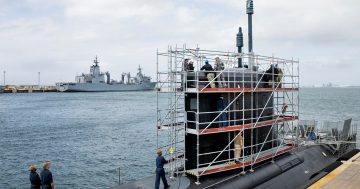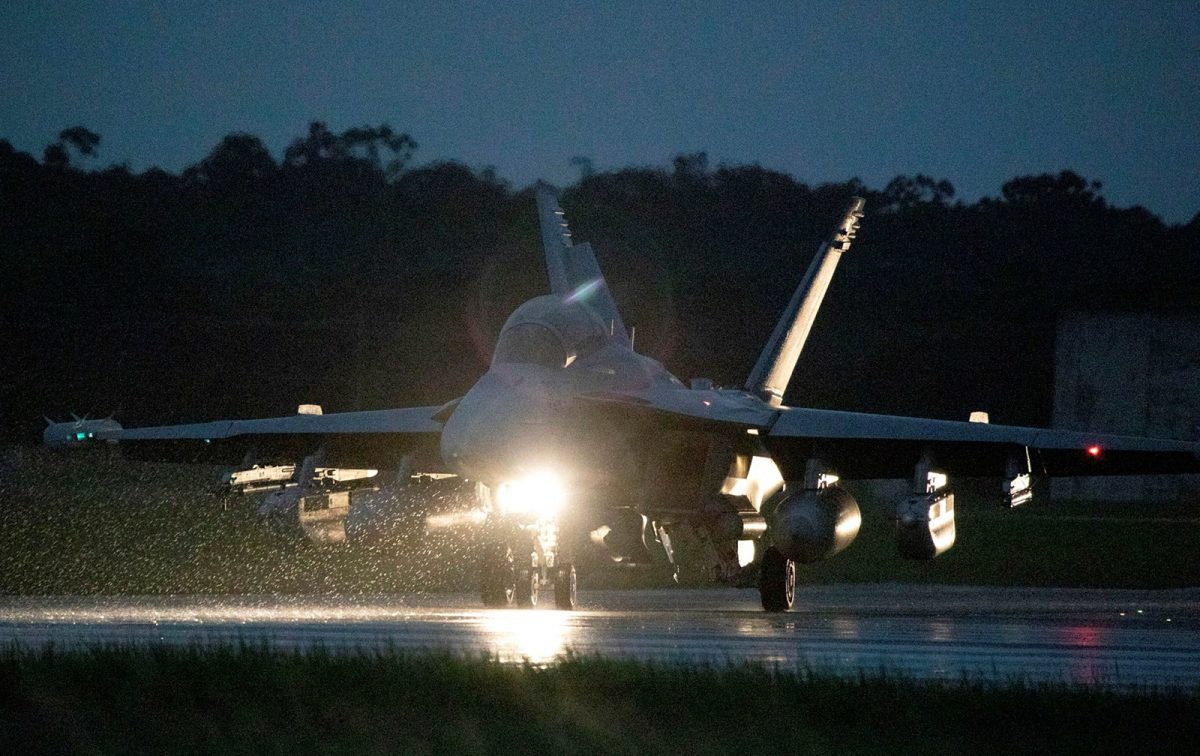
Thee RAAF’s EA-18G Growler is an example of an advanced electronic warfare capability. Photo: ADF.
A key capability tenet of the AUKUS Pillar II construct is that of improving the electronic warfare prowess of all three partner nations through the sharing of technologies and cooperative development programs.
To that end, the Defence Science and Technology (DST) Organisation’s Advanced Strategic Capabilities Accelerator (ASCA) has launched the AUKUS Electronic Warfare Innovation Challenge, seeking innovative solutions to shared electronic warfare challenges from industry and research institutions in all three countries.
ASCA will lead the Australian component of the challenge in parallel with similar efforts led by the UK’s Defence and Security Accelerator, and the United States’ Defense Innovation Unit.
Each country will assess winners based on a set of predetermined criteria aligned to national interests and priorities, with shared access to the best solutions across all three national challenges.
Electronic warfare (EW) systems can be passive or active, and are designed to identify, track adversary electromagnetic (EM) systems such as radars or communications, and potentially degrade, jam or destroy them.
The challenge will focus on Defence’s ability to leverage electromagnetic spectrum (EMS) technologies and capabilities that provide a competitive advantage to electromagnetic targeting, and those that protect Defence from adversary electromagnetic targeting capabilities.
The six key elements of the targeting cycle that Defence is interested in improving through the development and transition of innovative technologies are:
- Find and identify a target using the EMS
- Identify a target’s location using the EMS
- Monitor a target’s movement using the EMS
- Select and apply appropriate EMS assets and/or EMS-enabled weapon systems
- Engage: apply EMS assets and enabled weapons to a target
- Assess: evaluate effects of an attack using the EMS.
Head of ASCA Professor Emily Hilder said the electromagnetic spectrum was an increasingly contested, complex and competitive environment.
“It is exciting that electronic warfare is the first of the AUKUS Innovation Challenges and we look forward to seeing not only what Australian capability is available, but across our AUKUS partners as well,” she said.
First Assistant Secretary AUKUS Advanced Capabilities, Department of Defence Stephen Moore said Defence was pleased to be delivering the challenge through ASCA.
“The release of this challenge creates an opportunity for Australian defence industry and academia to pitch the very best ideas to a trilateral audience,” he said.
ASCA was launched in May 2023 following recommendations made in the 2023 Defence Strategic Review (DSR).
The program’s priorities align with many of those outlined in the AUKUS Pillar II construct, including hypersonics, directed energy systems, trusted autonomy, quantum technology, information warfare, long-range fires and electronic warfare.
ASCA aims to transform Australia’s defence innovation ecosystem by focusing on defined missions, solving the most relevant and urgent capability problems, and taking a more flexible and agile approach to procurement.
It says this accelerates the transition of innovation into capability solutions that are acquired by Defence for the ADF, with the urgency required by Australia’s strategic circumstances.



